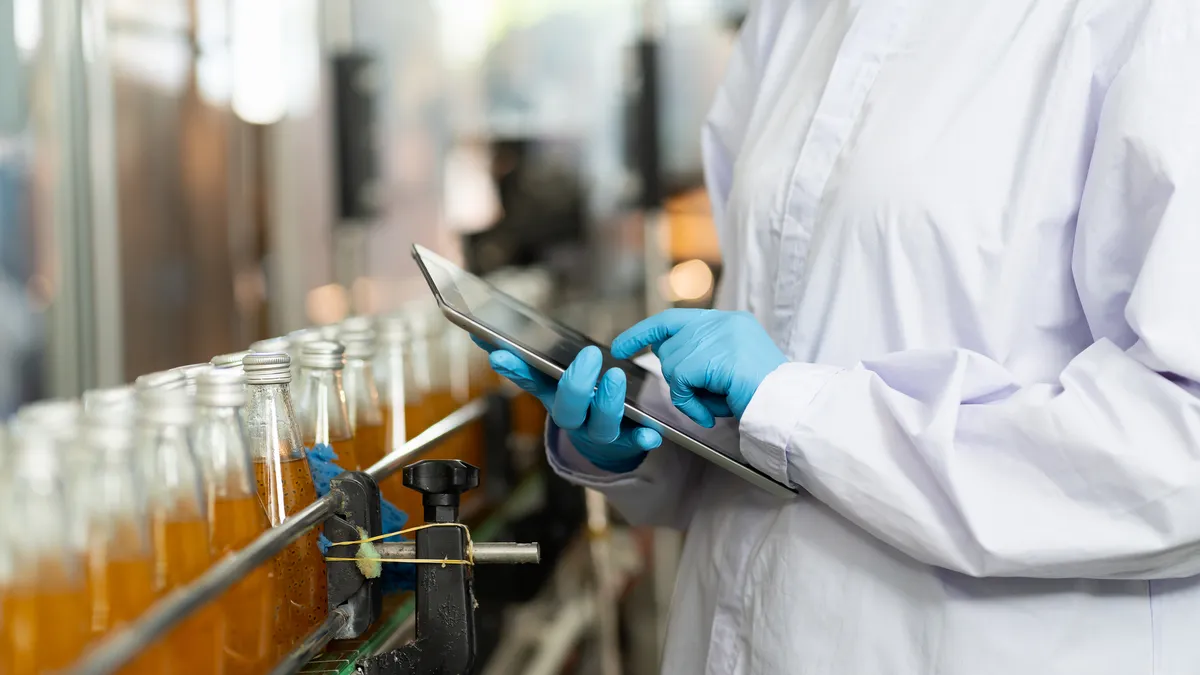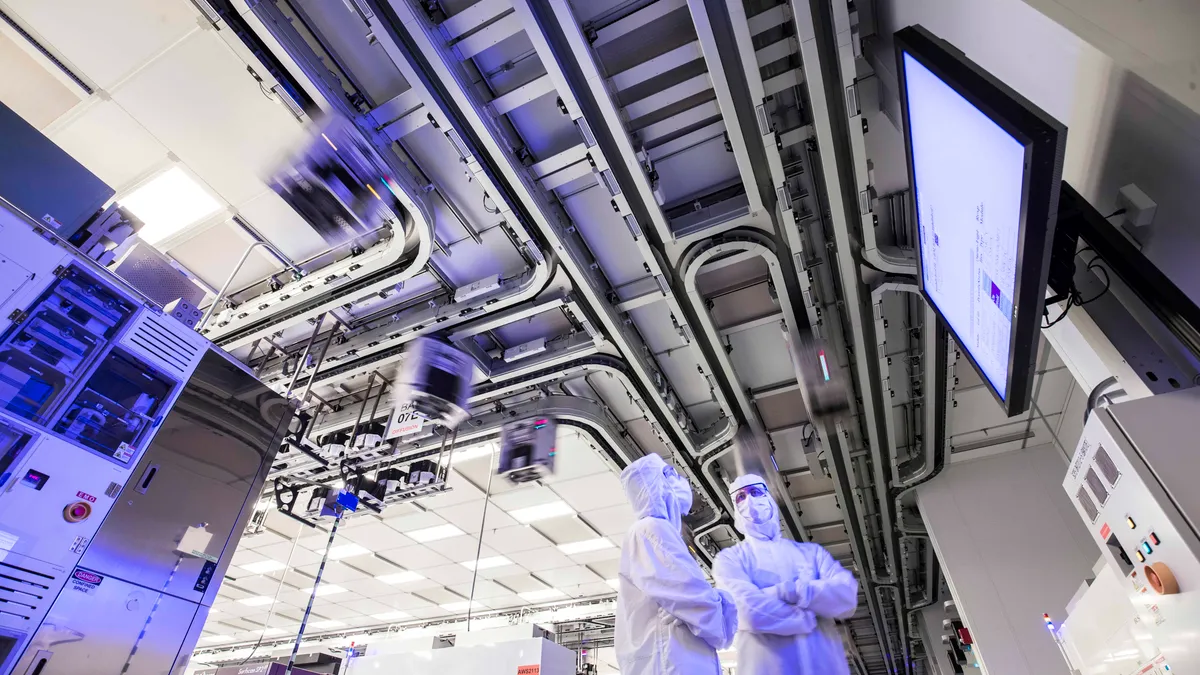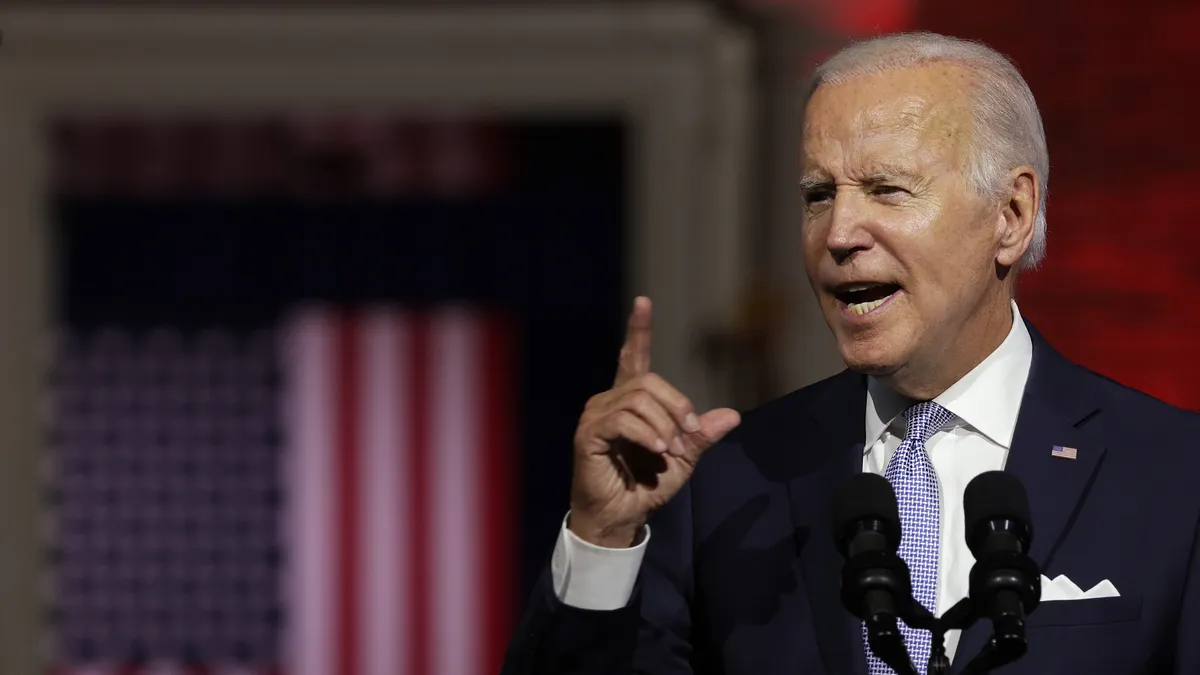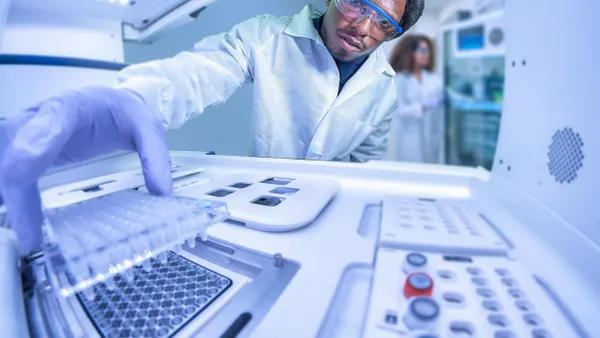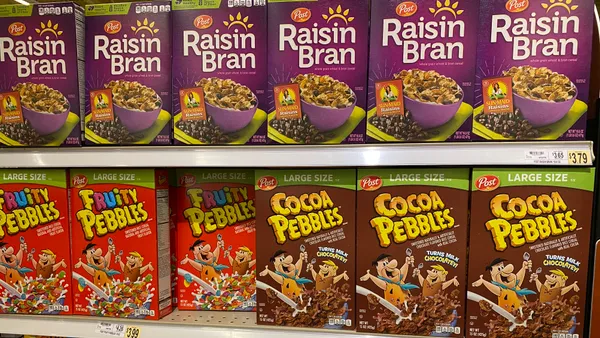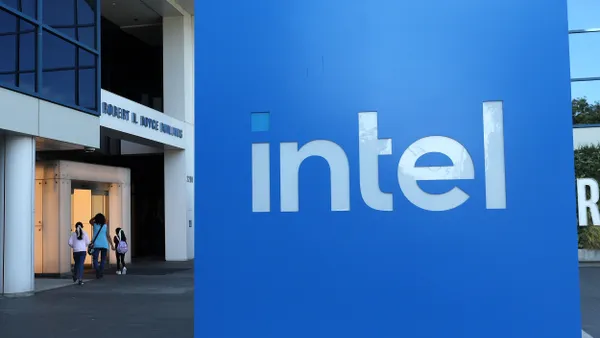Manufacturing orders dipped in April for the first time this year as customers remain cautious amid inflated input costs, according to S&P Global's Purchasing Managers' April Index.
S&P Global's PMI registered at 50.0, down from 51.9 in March and sitting just at the threshold for economic growth.
"Business conditions stagnated in April, failing to improve for the first time in four months and pointing to a weak start to the second quarter for manufacturers," S&P Global Market Intelligence Chief Business Economist Chris Williamson said in a statement. "Order inflows into factories fell for the first time since December, meaning producers had to rely on orders placed in prior months to keep busy."
The Institute for Supply Management's PMI also dropped slightly, falling back into contraction territory at 49.2%, down from 50.3% in March. New orders fell 2.3 percentage points to 49.1%, while production dropped 3.3 percentage points to 51.3% as companies held onto existing inventories.
While the drop in demand made for a more muted April performance, Timothy Fiore, chair of ISM’s Manufacturing Business Survey Committee, noted on a media call that the industry remains on an upward trajectory.
"We're still in the early stages of a growth cycle, and this is one of those bumps that we've talked about," Fiore said.
Fiore blamed much of the growth dip on a poor performance in the food and beverage sector, calling it the "biggest disappointment" of the month, particularly at a time of year when manufacturers are typically revving up for busier summer months.
The economist also highlighted slower supplier deliveries as another negative factor, with delivery rates down from March.
Inflated input prices remain an issue for many manufacturers, particularly when it comes to steel, aluminum, plastics and oil.
Fiore noted he doesn't anticipate demand to fall significantly further in May and that the industry is still geared for growth despite remaining uncertainty around whether the Federal Reserve will lower interest rates.
"I think we're still sitting in a position where we're not looking at increased rates but we're probably looking at delaying any kind of cuts," Fiore said. "From a manufacturing standpoint, there's really no real danger as long as there's not a rate increase."
On employment, both indices highlighted that manufacturers are beginning to add more workers to their payrolls — employment was up 1.2 percentage points on ISM's PMI, up to 48.6%.
"We're transitioning from de-staffing to stabilizing and likely expanding again as we get into summertime," Fiore said.



